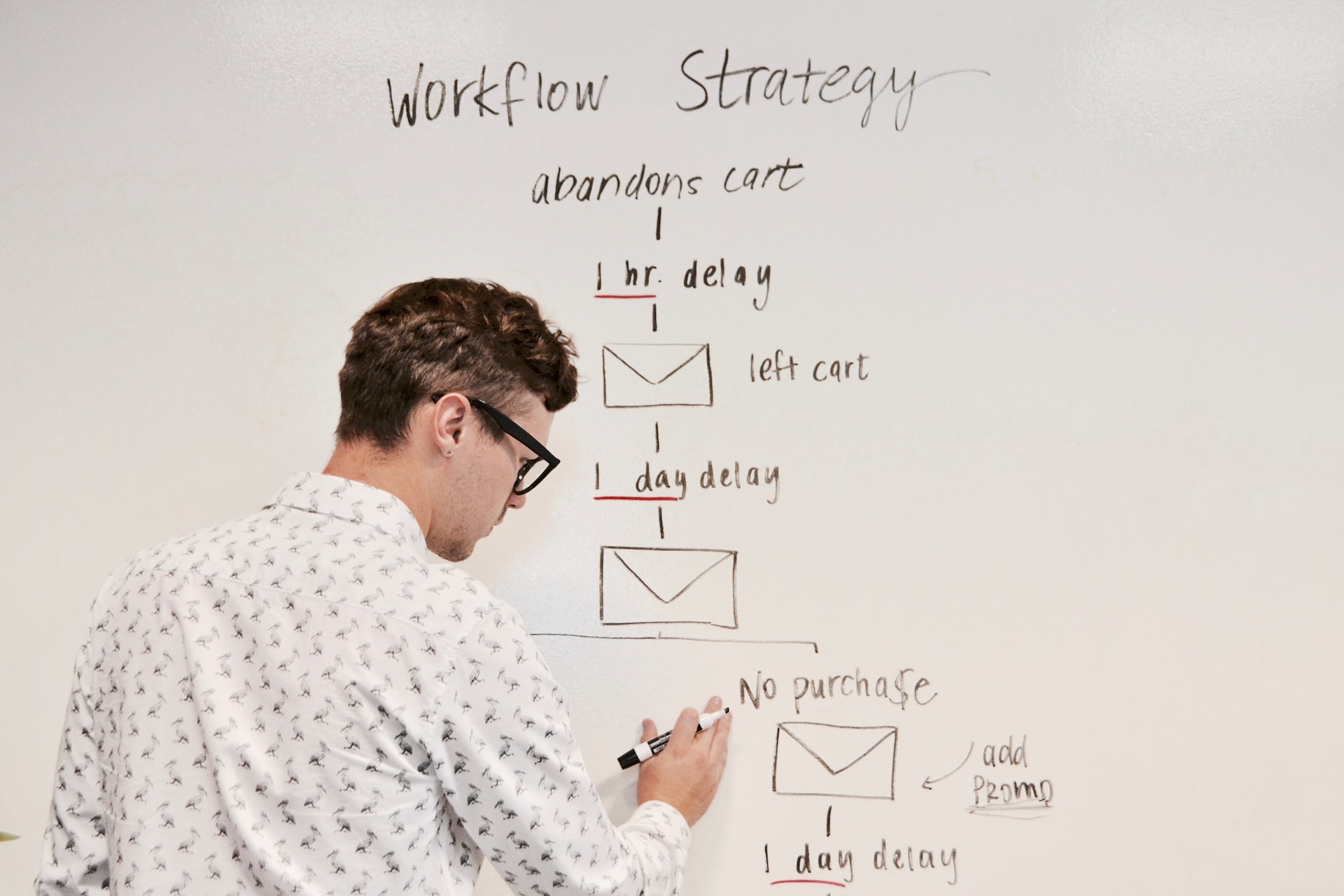As a product manager or corporate leader, you know that building a great product is not enough. You also need to launch it at the right time. But how do you know when that is?
You need to ask yourself "why now?"
“Why now” is a powerful question that can help you validate your product idea or choose among a list of potential concepts. It can also help you avoid pitfalls that can doom your product to failure.
“Why Now” is not the same as why
Many product managers confuse “why now” with why. They’ve spoken to potential customers and think that explaining why their product exists is enough. They focus on the features, benefits, and problems that their product solves.
But there is a different purpose to “why.” Telling the “why” will help you express the reasons your product exists, but not why you have an advantage in launching it now.
That's where the focus on timing, or “why now,” comes in.

Depending on your focus, the Why Now question itself can take different forms but it always focuses on using external forces to your advantage. For example:
“Why is this the right time to launch this product?” In other words, what bigger forces support this type of product being a success?
“Does the market environment give us an advantage?” And how does that environment give this business an advantage or disadvantage?
“Should we wait?” Are we too early for this market?
In other words, it doesn’t matter if you’ve built the most amazing product if you’re launching at the wrong time. The history of business is full of failed, but amazing, products. Likewise, the recent history of failed Dotcoms from the late 1990s has a list of successful comparables that launched not that many years later. We can learn from that.
Likewise, when it comes to other perspectives, more than 60% VCs consider market timing an important factor that contribute to successful investments and approximately 10% consider timing to be the most important contributing factor. For failed investments, timing was also listed as an important factor by more than 40% of VCs, with roughly 10% of VCs naming timing as the most important reason for the failure.
How to determine if you have a timing advantage
I have brought multiple clients through this process to improve the success rate of the products they decide to launch. Along the way I have done primary research and have delivered workshops and talks at startup accelerators, university grad school classes, and at corporates. Some of what I do includes:
Tracking "timing drivers," or the inputs to change that we can learn from. I track 12 drivers that offer clues to timing.
Running "Why Now" Sessions, where I bring product leaders through a process to understand what's changing, what they can learn from earlier, failed products, and how they might go to market as a result.
Training product leaders to avoid mistakes like relying on analyst reports or taking a static or linear view of the world.
Explaining many examples of products that have a timing advantage (or not). What can we learn from them?
Let me talk you through a “Why Now” Session. This is the hands-on way I help businesspeople assess their timing advantage. There are several steps.
Why Now Session
Understand the 12 Timing Drivers
First, we look at the product you want to assess through the lens of the 12 timing drivers I mentioned above. These drivers range from the technological, to the economic, regulatory, installed base, crisis-related, and more. We’ll list the top drivers for your specific case and learn how they work. Specifically, what’s changed or changing with these drivers and how does that impact you? If there is no change that’s potentially changing our advantage, we should pause.

Why the Competition Failed
Next, we’ll research failed examples of related products. What can we learn from them? Did they fail because they were too early and had no timing drivers in their favor? What is now different that will help your product succeed? (Or why might you be at risk of also failing because you’re too early?)
The Timing Map
We then make a Timing Map – chronological charts that show the existing and expected behavior from the drivers you choose as well as the experience of the previous failed products. For example, if we are dependent on a technology driver improving product performance because of lower costs or higher processing power, what’s the expected timing for that?
We then summarize the experience into a “Why Now” slide. This single slide makes it easy to present our findings while not inundating the audience with too much detail. But because we’ve done the research, we will have educated responses to audience questions.
The Challenge Session
Last, we invite other team members to participate in a Challenge Session, where they question the logic of the research above. If needed, we make adjustments.
Along the way, I share mini case studies of products that succeeded or failed because of timing, in industries from streaming music, mobile phones, telemedicine, transportation, energy generation, AI, education, and more.
This overall process helps teams to assess their decisions and to decide where to put resources. The purpose may be a bit different depending on whether the team is a startup pitching for investment or a product group at a larger organization pitching for resources, but the process works for both.





